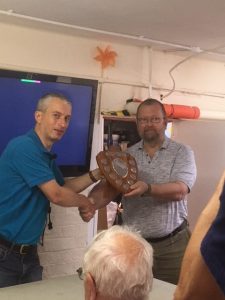From the “Orchard” Workbench 2: VGC-VR-N7500 VHF/UHF FM Transceiver
The VGC-VR-N7500 VHF/UHF FM Transceiver is the new kid on the block. 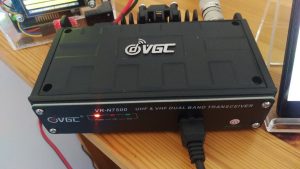
I was asked for help from a neighbour who had bought this and could not get satisfactory operation via Bluetooth to his iphone. Mindful of social distancing, he left the package on our doorstep for me to retrieve!
Unpacking it revealed the transceiver itself, heavier than expected and very solidly built, measuring 6” wide by 51/2 deep max (including the external mounted fan), a decent looking wired fist mic, mounting bracket, power lead (12v to 13.8v) and a PTT button to attach to gear lever/handlebars etc. and a Bluetooth fist mic. It seems some of the latter are available as cost extras but were included.
Being mindful that it was borrowed I did not wish to programme it beyond basic simplex or repeater use, nor set up the APRS or network capability.
On the bench, it was a matter of moments to connect the antenna (SO239),the fist mic via the now almost universal network cable type connection and the power. The rig was fused on both +ve and negative leads.
Downloading the Android app via Google Play Store and installing it took a few moments.
Enabling the app and Bluetooth on a Samsung Android phone (other makes are available), the rig and phone paired and the application started showing my GPS location.
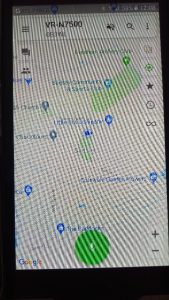
Swiping the page brought up the programming screen and it took just a few moments to put in both 145.225 and GB3WL together with split and CTCSS as appropriate. No messing with usb leads, downloading drivers, finding a suitable programming app (or buying one) and reading/writing to the radio, this is where this radio shines. So intuitive, so easy and you can be up and running in moments. If going mobile (this in truth is the market sector targeted) the unit can sit in the boot and just operate via the Bluetooth speaker mic or indeed the Android phone.
On FM, it is rated at 50watts VHF and 40 watts UHF and those power levels were achieved feeding my “white stick”
Google is your friend the full specs and videos are easily found.
Works really well and although the price is around £190,this being twice the cost of say a Anytone AT778UV, its added capabilities may tempt folk.
Being SDR it is firmware upgradeable (by Bluetooth) which may well bring in more features and/or bug fixes as the product matures.
A 30 page manual is available https://www.moonraker.eu/downloads/dl/file/id/309/product/9250/vr_n7500_manual_v3_1.pdf
The Manufacturers website has more detail at http://www.vgc.net.cn/product/54-en.html
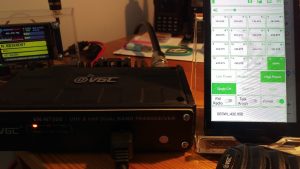
Please excuse the extraneous “QRM” on my desk- the unit to the left behind the rig is my MMDVM running YSF to my Yaesu FT2D.
This unit was on very short term evaluation so the photos were taken in haste!
Our Club newsletter archive hosts hundreds of Members’ articles covering all aspects of Amateur Radio.
Take a look using the link on our website and click here for an up-to-date index of Newsletter articles
73
Ian M0IDR



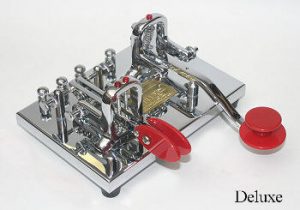 At Wythall Radio Club during May we celebrate the skill of communicating by Morse Code in honour of Lew Williams, who was an expert at Morse and former Club President.
At Wythall Radio Club during May we celebrate the skill of communicating by Morse Code in honour of Lew Williams, who was an expert at Morse and former Club President.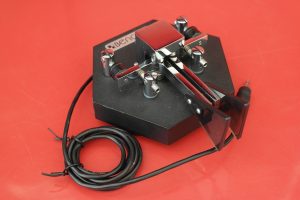
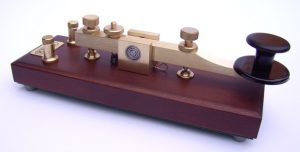
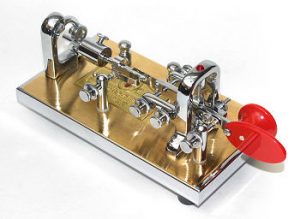
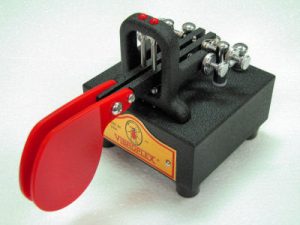
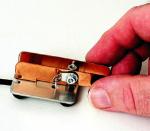
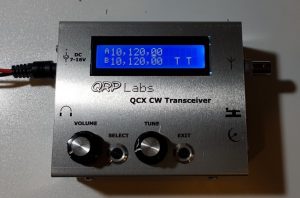
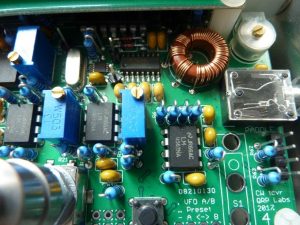 The multi-winding coil was by far the most difficult to assemble but inductance measurements proved each winding before fixing into position (photo left).
The multi-winding coil was by far the most difficult to assemble but inductance measurements proved each winding before fixing into position (photo left).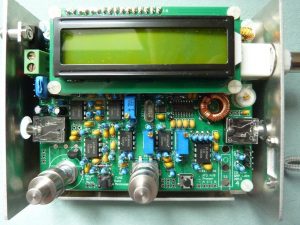
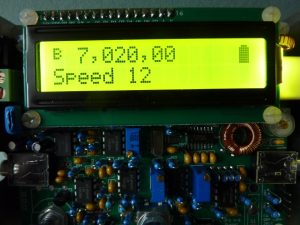 This module is only available in kit form and interfaces to the QCX via a 4 core umbilical cord.
This module is only available in kit form and interfaces to the QCX via a 4 core umbilical cord.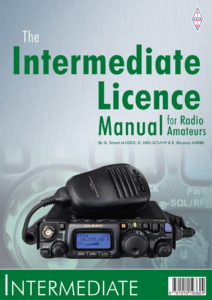
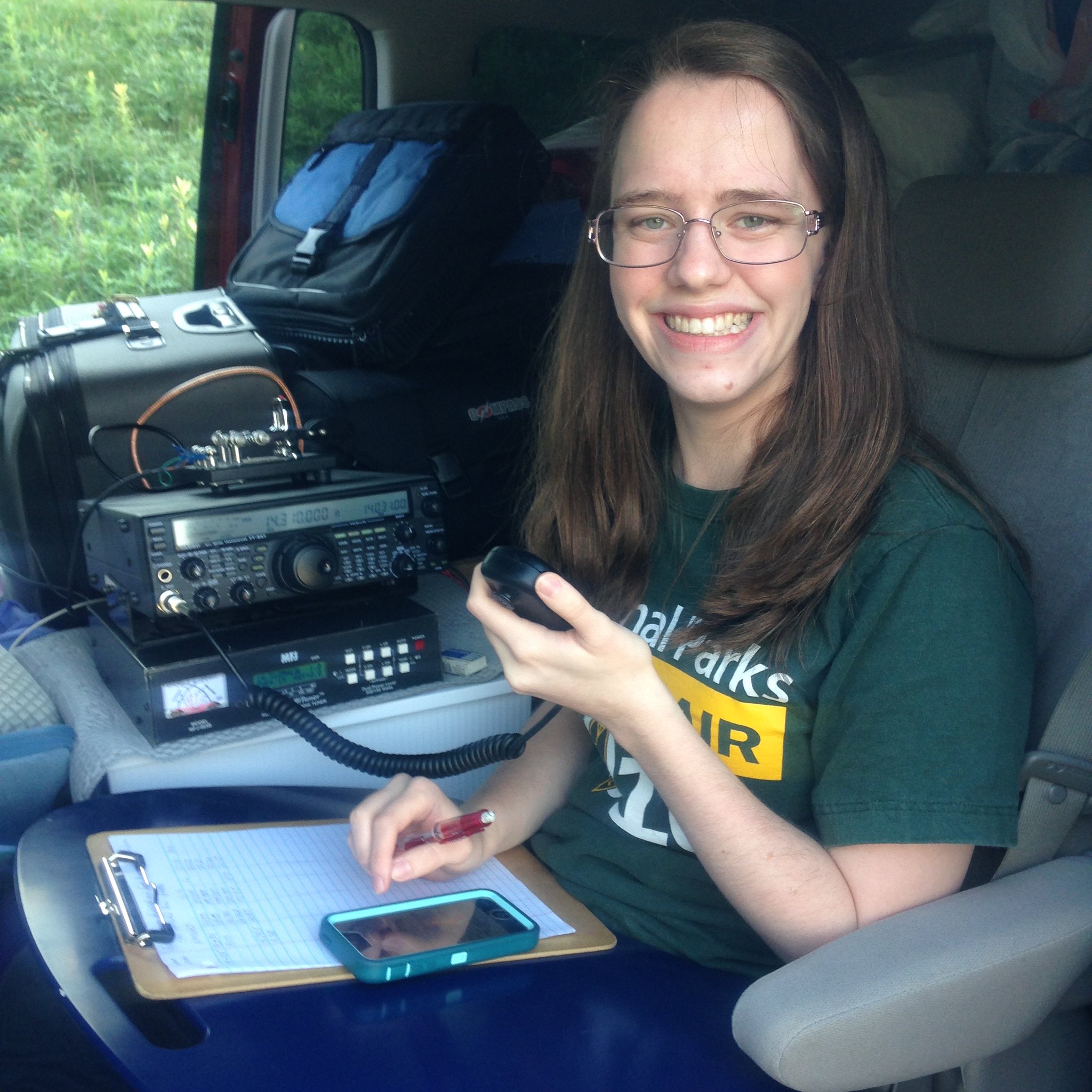 In addition there will be one practical assessment session, usually on a Saturday, where you will learn soldering, digital measuring and other skills. This will require you to be available for ONE Saturday in April, but there will be a choice of dates.
In addition there will be one practical assessment session, usually on a Saturday, where you will learn soldering, digital measuring and other skills. This will require you to be available for ONE Saturday in April, but there will be a choice of dates.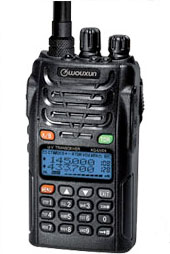 The course is FREE but there will be an exam fee of £32.50, an exam room hire fee of £6 and a project kit and materials fee for the practicals of £12. You will not need to pay this until the course starts.
The course is FREE but there will be an exam fee of £32.50, an exam room hire fee of £6 and a project kit and materials fee for the practicals of £12. You will not need to pay this until the course starts.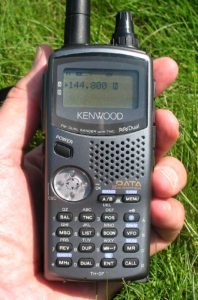 Radio signals from Wythall Radio Club members reached remote parts of the world – including New Zealand, Sri Lanka, Mali, Seychelles, Guinea-Bissau, British Virgin Island and South Korea.
Radio signals from Wythall Radio Club members reached remote parts of the world – including New Zealand, Sri Lanka, Mali, Seychelles, Guinea-Bissau, British Virgin Island and South Korea. 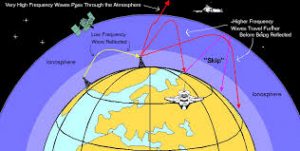
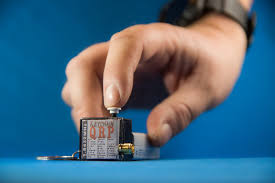 John M6KET won the Foundation licence category with 78 countries contacted, using QRP (low power) – no more than 10 watts output and a simple wire antenna.
John M6KET won the Foundation licence category with 78 countries contacted, using QRP (low power) – no more than 10 watts output and a simple wire antenna. 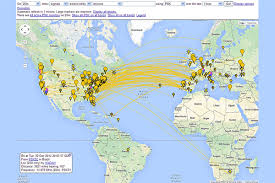 It shows what can be achieved with simple equipment despite the poor radio conditions.
It shows what can be achieved with simple equipment despite the poor radio conditions.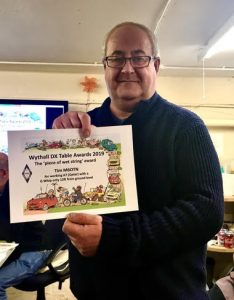
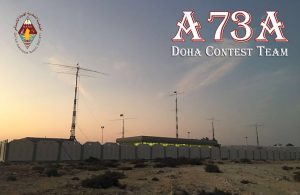 Chris G0EYO won the ‘midnight oil’ award for contacting 50 countries on Top Band (160 meters), again using low power and a simple wire antenna. The award is called ‘midnight oil’ because Top Band contacts can normally only be made during nightime, due to propogation conditions.
Chris G0EYO won the ‘midnight oil’ award for contacting 50 countries on Top Band (160 meters), again using low power and a simple wire antenna. The award is called ‘midnight oil’ because Top Band contacts can normally only be made during nightime, due to propogation conditions.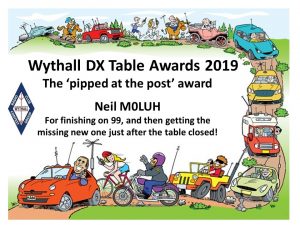
 Although radio conditions were not good during the evening, we did speak to stations in Germany, France and Scotland using short-wave radio on the 80 meter band. We also used vhf radio on the 2 meter band, and had contacts with stations around Bimingham, Redditch and Cheltenham.
Although radio conditions were not good during the evening, we did speak to stations in Germany, France and Scotland using short-wave radio on the 80 meter band. We also used vhf radio on the 2 meter band, and had contacts with stations around Bimingham, Redditch and Cheltenham.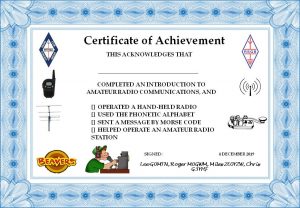
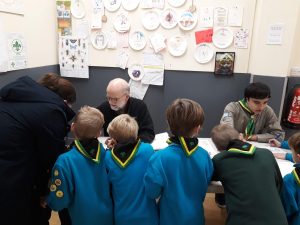 As December is ‘
As December is ‘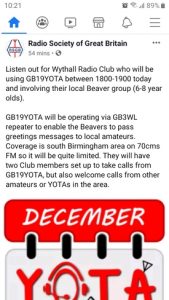
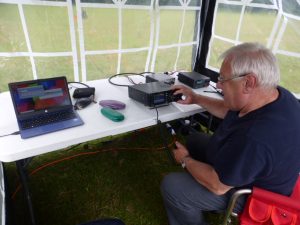 The specially designed course provides you with an exciting introduction to the hobby. After passing the straight-forward multiple choice exam, you can obtain your own callsign for use when communicating with other radio amateur operators worldwide.
The specially designed course provides you with an exciting introduction to the hobby. After passing the straight-forward multiple choice exam, you can obtain your own callsign for use when communicating with other radio amateur operators worldwide.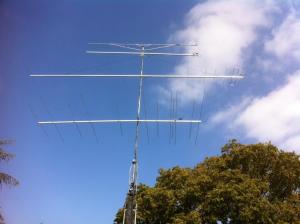
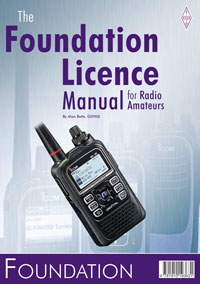 We will set a date for the practical assessments (usually done as a group on a Saturday) and the exam when we know how many people will be on the course. These should be done in January or early February.
We will set a date for the practical assessments (usually done as a group on a Saturday) and the exam when we know how many people will be on the course. These should be done in January or early February.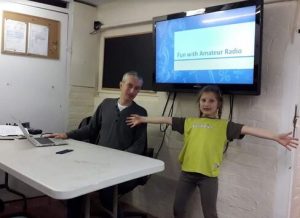
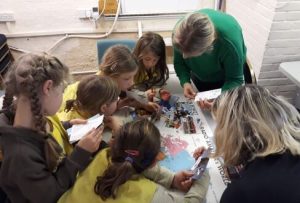 Having gained some knowledge and experience, the evening concluded with the Brownies sending greetings messages by VHF radio to Jan M3YXM, another Club member operating from her home.
Having gained some knowledge and experience, the evening concluded with the Brownies sending greetings messages by VHF radio to Jan M3YXM, another Club member operating from her home. 